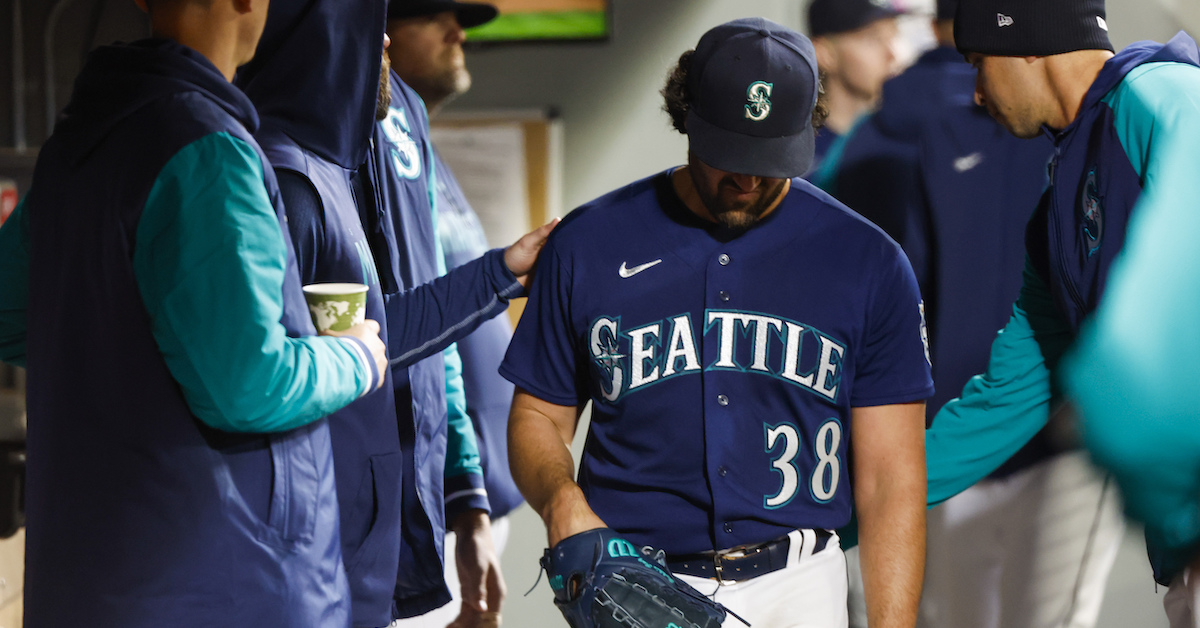The Ferrari That Is Jacob deGrom Is Once Again in the Shop

When the Rangers shocked the baseball world by signing Jacob deGrom to a five-year, $185 million contract in December, it was with the hope that the 34-year-old righty could steer clear of the type of injuries that limited him to a total of 26 starts in the 2021 and ’22 seasons. But since the opening of camps in February, it’s been a bumpy ride, and that’s carried over into the regular season. On Friday night, for the second time in three starts, deGrom took an early exit due to an arm issue; this time, he’s headed to the injured list, with a diagnosis of elbow inflammation. To call upon an oft-used metaphor: this fancy, expensive, high-performance sports car is once again in the shop.
Facing a Yankees lineup weakened by injuries — no Aaron Judge, no Giancarlo Stanton, no Josh Donaldson — on Friday night, deGrom cruised through the first three innings, retiring all nine hitters on a total of 28 pitches, striking out two and never reaching a three-ball count. He began to labor in the fourth, however. After a six-pitch groundout by DJ LeMahieu, he issued a five-pitch walk to Anthony Rizzo, then went to a full count against Gleyber Torres before getting him to fly out, and finally allowed a two-strike single to Willie Calhoun. Notably, deGrom’s last two pitches to Calhoun — a 96.6 mph fastball taken for a ball and then the 89.4 mph slider that he hit, both of which were several inches outside — were down about three miles per hour relative to their previous offerings of that type.

That sudden drop cued pitching coach Mike Maddux and the team trainer to visit the mound; Maddux soon tag-teamed with manager Bruce Bochy, who did little more than pat a dejected-looking deGrom on the shoulder and send him on his way.
After the Rangers finished off their 5–2 win, the team announced that deGrom had departed due to forearm tightness; the pitcher himself described it as “just some discomfort.” According to general manager Chris Young, an MRI taken the next day showed inflammation, but notably, he made no mention of structural damage, suggesting that whatever the team saw with regards to deGrom’s ulnar collateral ligament, flexor, and whatever else was, if not in mint condition, not a concern at this time. The Rangers elected to put him on the 15-day injured list, though Young downplayed the situation, saying, “[H]e came in today and felt OK, which was a positive, but given how important he is to us and our season, we’re going to play this very cautiously and see how he responds over the next several days to treatment. And then after seven to 10 days, we’ll have a pretty good idea of what the next steps are.” Read the rest of this entry »








